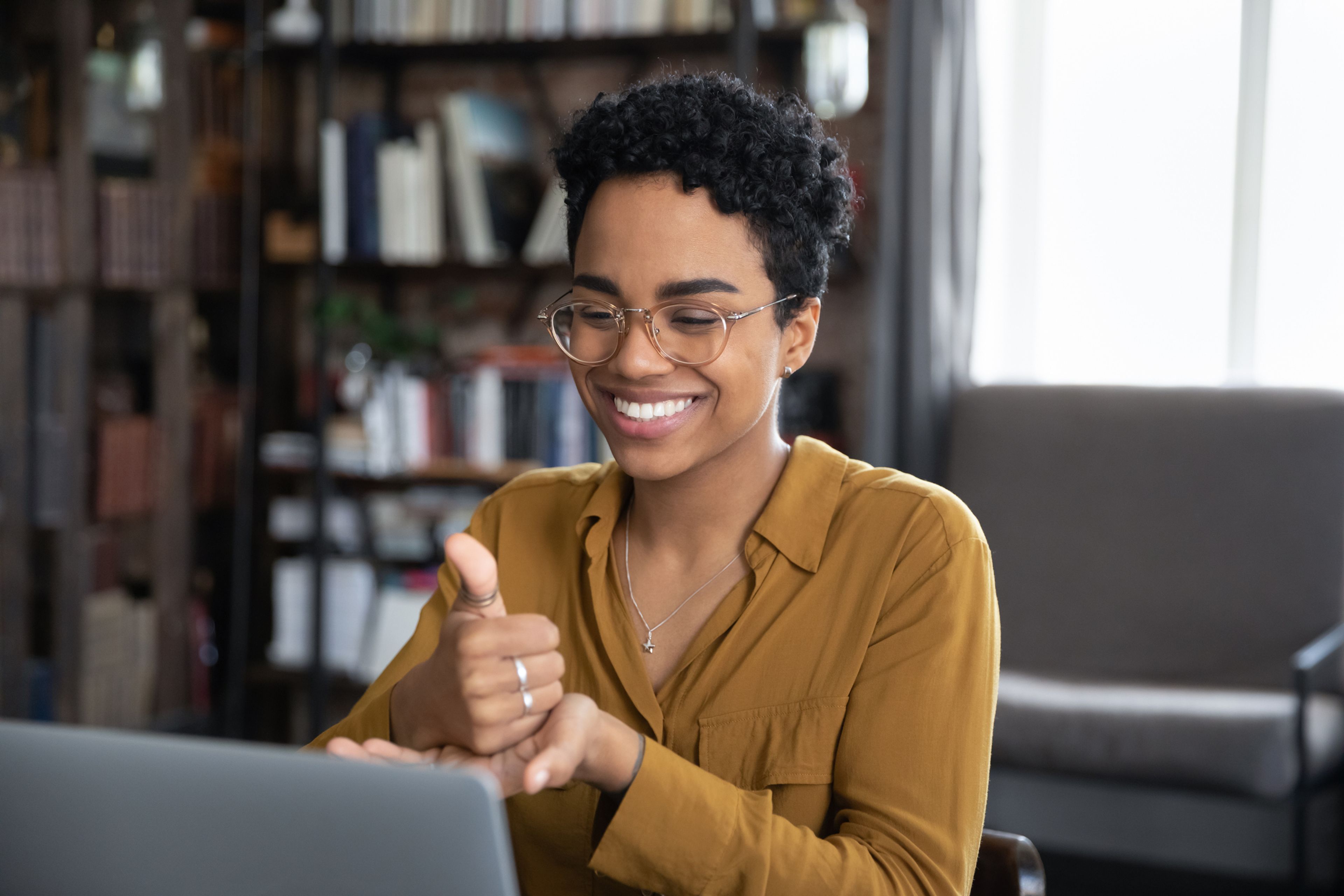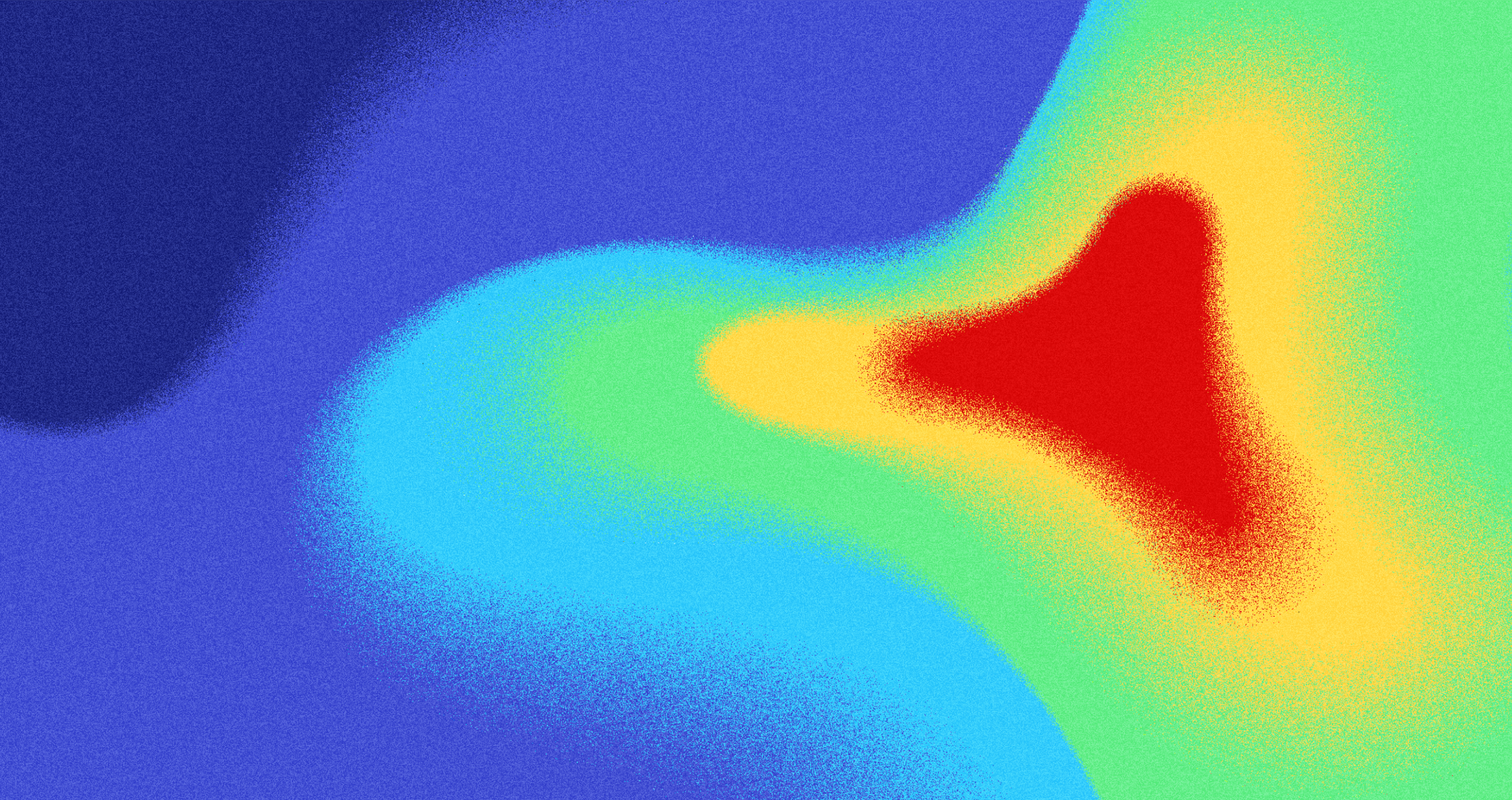There are many superstitions in design that many clients believe, particularly in web design. One common one is that a website's success depends on the color scheme used.
Clients often believe certain colors, like red, can increase user engagement and conversions. Some even believe that blue brings success to a website, while black represents misfortune.
Surprisingly, clients may be convinced that having a website designed by an expensive agency will result in higher search engine rankings and more conversions. Another superstition is that more images lead to more engagement with visitors.
On the contrary, some believe using many images on a website will slow the loading time, negatively affecting user experience. Additionally, some clients think that including flashy animations or videos on the homepage will improve user experience and increase their bottom line.
Source: Unsplash+

Lastly, many clients think including a mascot on the website will make it more attractive and inviting. While these superstitions have some validity, they should not be the sole focus of any website design project. They should be reviewed before being taken seriously by web designers and web design clients.
Color Scheme Superstition
Many clients believe that one specific color brings success to a website, such as red, blue, or green. Others think a site is automatically doomed if black is an integral part of the color scheme. Those ideas are likely oversimplifications of the truth. In reality, the colors used for your site matter in another way.
Humans have deep emotional associations with colors, so let's examine red, blue, green, and black and their emotional responses to see if we can uncover the root of this myth.
Red
Red has perhaps the broadest interpretations among colors, as it has several positive and negative emotional responses. Of the positives, the most common is love and passion, but they can signify confidence and energy and even make people hungry.

On the less-than-positive end, it can be associated with feelings of anger or even danger. Its use as a warning of danger is prolific and is thought to come from the deep red color of human blood.
Blue
Blue's range of emotional responses is also wide, covering both good and bad emotions. Positive responses to blue include a sense of trust and reliability, which can be a soothing and refreshing color.

High saturation can also make it seem energetic, but be careful not to use a pale, gloomy blue, as this can make visitors feel sad.
Green
Green is cut and dryer than most other colors. Its most common associations are with life, health, and growth. Green is commonly used for websites about nature, environmentalism, or veganism, but it's a versatile color with few drawbacks.

As long as the greens you use aren't too offensive to the eyes, your visitors are unlikely to respond negatively to a hopeful green.
Black
Black is the color that is often thought of as an ill omen. Its common Western associations are with death and evil, so it's unsurprising that clients would rather avoid using it, aside from the color of their text. However, in the East, its symbolism is much more positive, embodying wisdom and strength.

The color can be mysterious and modern and is excellent for maintaining a high contrast level in combination with white. Websites can use black as a background color in a dark theme, allowing night owls' eyes to relax while still providing great readability with white text.
So, It's Not That Simple, Is It?
No, it's not. Using a black background won't spell doom for a site, just as using blue isn't a secret success hack. Use whatever colors inspire and motivate your visitors because that's what matters. If you'd like to learn more, visit our post about web design color theory!
Expensive Web Design Agency, Please!
Expensive web design agencies can certainly make your site look better. Still, it is important to remember that the effectiveness of your website ultimately comes down to how it meets the needs of your users.
An expensive agency may be able to create a visually stunning website. Still, the expensive design won't be helpful if it doesn't have easy navigation and user-friendly features.
Source: Unsplash+

On the other hand, a cheaper agency may not be able to provide as polished a look, but they may better understand user needs and create a website that functions effectively.
Ultimately, it would help if you chose an agency based on its ability to meet your specific requirements rather than focusing solely on cost. Also, the effectiveness of your website's design is only as good as the design brief given to the designer, so be sure to look at our quick guide on design briefs!
How Many Images?
It can be tough to balance clients' interests when some want you to use as many images as possible while others are wary of using them due to concerns about site speed. Let's explore this further.
What Is Site Speed?
Site speed is the time it takes for a website to load its content and become responsive to user input. It is measured in milliseconds and can significantly impact the overall user experience.
Faster sites typically lead to higher engagement rates and better customer satisfaction, while slow sites often cause users to abandon their tasks before completing them. Website owners should constantly be aware of how quickly their site loads and take steps to improve it if necessary.
Source: createIT

This may involve faster hosting services, optimizing images, reducing redirects, minifying code, caching content, or utilizing a content delivery network (CDN). By improving your website's speed, you can offer your visitors an improved user experience that will keep them returning for more.
Do Images Improve User Experience?
Images can be a powerful tool for improving user experience. They help capture users' attention and draw them in, making them more engaged with the content. Images also help break up text and make it easier for users to read and comprehend what is being said.
Additionally, images can be used to relay information quickly and effectively, allowing users to better understand the topic at hand. Furthermore, images can create an emotional connection between the user and the content, encouraging them to explore further.
Source: Unsplash+

By carefully selecting relevant images that reflect the message conveyed, the user experience can be greatly enhanced.
How Do Images Affect Site Speed?
Images are one of the most important elements of a website. They can be used to create a visually appealing experience and attract visitors, but they can also slow down the loading time of a site.
The size and quality of an image can have a major impact on how quickly a site loads. Large, high-resolution images take longer to load and can cause pages to become sluggish or even crash.
Additionally, loading times can increase if too many images are used on a page. Website owners need to use optimized images for the web and make sure that their file sizes are small enough so that pages will load quickly for visitors.
So, Less Images or More?
Like many other superstitions, both sides of this one hold merit. On the one hand, images do have a positive impact on user experience. Conversely, large, high-quality, and unoptimized images can impact site speed, which is also essential for a good user experience.
Ultimately, images are a tool to be used conscientiously. We recommend using relevant and optimized images and keeping site speed at the forefront of the design problem.
Animation Sensation
Some customers assume that integrating flashy animations or videos on the homepage will improve the user experience and increase their bottom line. The truth is, as usual, foggier.
Depending on their implementation, flashy animations can positively or negatively impact site performance. If done correctly, animations can help make a website more engaging and enjoyable and give it a more professional and polished look.
However, animations should be used sparingly and always with the user experience in mind. Overusing flashy animations can cause sites to load slowly and negatively affect the user's overall experience.
Source: DavidsonBranding

Additionally, animations that contain too much detail or are poorly optimized create an extra burden on system resources, which can cause lagging or stuttering during playback. To ensure that flashy animations improve site performance, designers should use them judiciously and optimize for speed.
Should You Have a Mascot?
Websites with a mascot can effectively create an engaging experience for users. A mascot can help create a distinct identity for the website and serve as a source of entertainment that helps keep visitors engaged with the content.
Additionally, mascots can help customers more easily relate to the website by providing an endearing character they can identify with and feel a connection towards. Ultimately, websites that use mascots may perform better than those without, as they can establish an emotional connection between their brand and the audience.
Source: Unsplash+

In a study by The Moving Picture Company, brands that use mascots or special characters in their campaigns saw a 41% increase in their profits. The primary reason for this improvement is the emotional connection forged with customers. Overall, this is one superstition that turned out to ring true.
Read more
Should You Design a Site Based on Superstition?
The answer is not necessarily yes or no when designing a website based on superstition. It depends on the individual and what they feel comfortable with. It is important to remember that superstitions are based on the belief in supernatural events, which may not always be backed up by science or logical evidence.
As such, it is important to consider whether adding elements of superstition to a website design will benefit its overall functionality or aesthetic. If they don't add value, it may be best to avoid using them altogether.
When making decisions about website design, trust your instincts and ensure that your choices will ultimately benefit your website visitors and its overall success.


About Clay
Clay is a UI/UX design & branding agency in San Francisco. We team up with startups and leading brands to create transformative digital experience. Clients: Facebook, Slack, Google, Amazon, Credit Karma, Zenefits, etc.
Learn more

About Clay
Clay is a UI/UX design & branding agency in San Francisco. We team up with startups and leading brands to create transformative digital experience. Clients: Facebook, Slack, Google, Amazon, Credit Karma, Zenefits, etc.
Learn more


